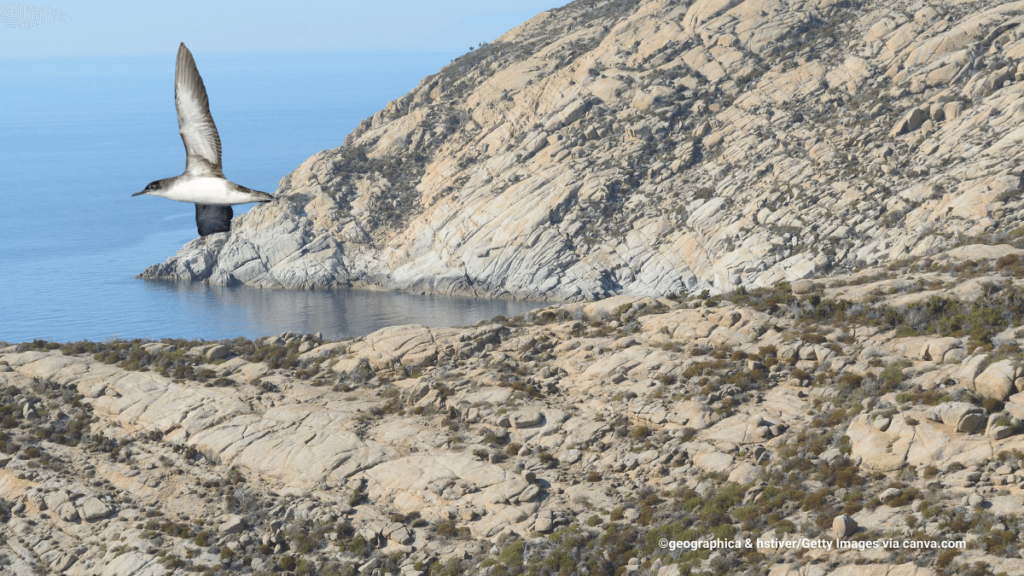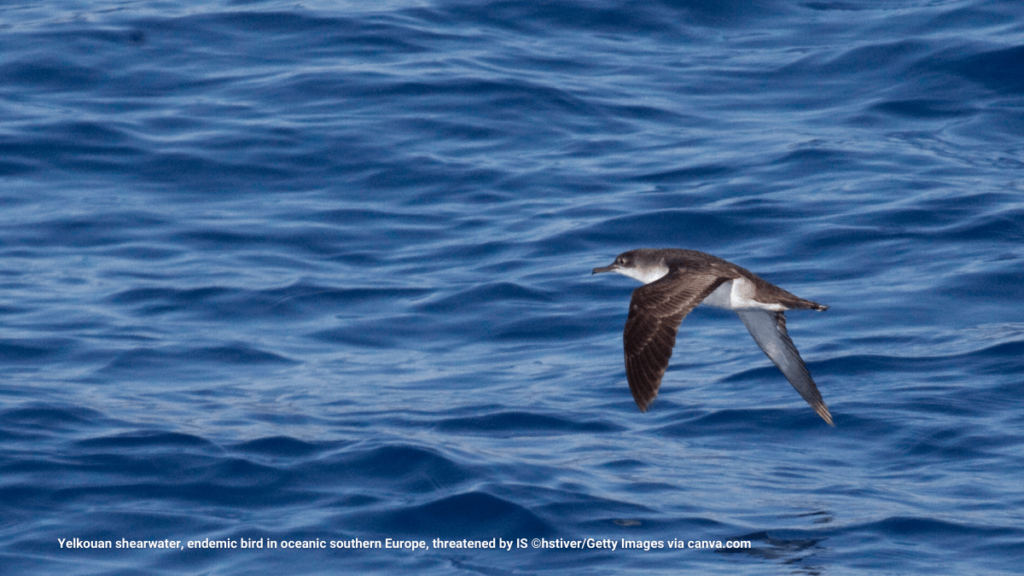The world massively underestimates the threat to biodiversity posed by invasive species. And: Europe is one of the hotspots for this threat. These are some of the key findings of the latest report on invasive species by the World Biodiversity Council IPBES. We spoke to Piero Genovesi, review editor for the report, about the conclusions to be drawn from the IS assessment for rangers and protected areas in Europe.
The head of Wildlife Service at the Italian Institute for Environmental Protection and Research and chair of the IUCN Invasive Species (IS) specialists group, from which many are authors of the report, is convinced that rangers play a key role as ambassadors for raising awareness of the threat to biodiversity posed by introduced invasive species – if rangers are properly trained and staffed.
As most European rangers work here: What is the role of protected areas in Europe in minimising the risk of invasive alien species to biodiversity?
As the report shows, no area is invulnerable to invasive species. Protected areas play a key role in addressing this threat. A few years ago, we conducted a survey in Europe and contacted protected areas to develop guidelines for dealing with invasive species, which were adopted by the Council of Europe. The survey identified IS as the second biggest threat to biodiversity after habitat loss. Protected areas are particularly affected because they host very important native species. Invasive species affect them through competition, altered habitats and predation, among other things.

Rangers can act as ambassadors to inform and raise awareness about the threat from unintentional or deliberate introduction of invasive species.
Piero Genovesi, head of Wildlife Service at the Institute for Environmental Protection and Research
How can rangers help to minimise this threat?
Rangers play a key role for several reasons: First of all, we need more capacity to respond to IS. Trained staff with good coping skills are essential. But that’s not all: protected areas have a very high credibility with the public. If their staff, such as rangers, are aware of the problem of invasive species and have a good knowledge base, they can also act as ambassadors to inform and raise awareness among users about this threat, e.g. to prevent the unintentional or deliberate introduction of alien species.
What skills are needed for this?
Protected areas are a laboratory for new measures. The challenge is that invasive species can come from any taxonomic group: plants, animals, fungi, vertebrates and invertebrates. So it is not easy to achieve a good level of competence for all groups. It is also necessary to link the information about new groups that can immigrate and play the role of a sentinel: Protected areas can thus detect new invasive species before they affect other areas.
Therefore, it is important that staff have a good level of capacity to detect species from all taxonomic groups. First of all, rangers need to be aware of the problem and work with scientists. Often, for example, horizon scans are promoted to identify species at risk of invading protected areas, where experts for different taxonomic groups and environments are brought together to take into account all the information they have about species in neighbouring countries that frequently invade other areas. This way, rangers know which species might be invading and can detect them quickly. Of course, there are also other tools, from e-DNA in marine freshwater systems to camera traps in terrestrial environments to automated systems to identify new species.
What is the current level of awareness and capacity for the topic?
In all regions of the world, including Europe, there is a lack of awareness and capacity in this area. Attention in protected areas is increasing, but much more can be done, also in terms of human resources. For example, it would be very useful for the control of new invasive species if at least basic equipment was available to contrast the species, and if some staff were trained for specific groups such as plants, small vertebrates, fish, etc.
It is crucial to accelerate the response and train staff like rangers on invasive species to provide education in all sectors of society
And since invasive species can be introduced from neighbouring areas, we suggest that protected areas act as a catalyst for action beyond their borders by trying to involve local communities and take good preventive measures. It is crucial to accelerate the response and to this end we need to train staff on invasive species. In this way, they can provide education and information in all sectors of society.
Are all IS a problem? And which are among the most problematic species?
There is a difference between alien species introduced by humans – there are at least 37,000 worldwide – and invasive alien species that have an impact on nature. We know of 3,500 species that cause damage to biodiversity. It is on these invasive species that we need to focus our action. In Europe, we have developed legislation based on a list of species of concern to humans. This can go from vertebrates like the American grey squirrel that is causing the extinction of the native red squirrel, or the coypu, also known as nutria, which is degrading river ecosystems by destroying eggs and nests of native bird species and also causing erosion of the river banks. There is the water hyacinth causing huge vegetation carpets on rivers that can change ecosystems. So we have very serious problems in freshwater and marine ecosystems. Many marine protected areas are addressing for example the expansion of the lionfish.
Are there regions in Europe especially at risk by being invaded?
There are indeed environments and areas that are more at risk than others, for example islands. Many in Europe have been severely affected by IS. Also protected areas with important freshwater systems are particularly vulnerable and of course protected areas with high human activity, where it is more likely that IS arrive accidentally or intentionally.

Can you give examples of particularly successful IS management?
About 80 percent of eradication attempts have been successful. Of course, this is the last option, but in some cases they are necessary and the results can be incredibly positive. One example is the eradication of the black rat on Montecristo Island. This increased the reproductive success of the yelkouan shearwater, an endemic bird that lives in the oceanic region of southern Europe and nests on the ground, from zero percent when all chicks were killed by rats to 80 per cent in one year. In addition, the entire ecosystem of the island improved after the eradication. Very careful use of biocontrol agents such as antagonistic parasites or predators of exotic plants can also be a tool. Of course, very careful screening is needed to avoid unwanted effects, but our ability to develop these techniques has definitely improved over the years and we can now use a wider range of tools.
editorial work for this
content is supported by


